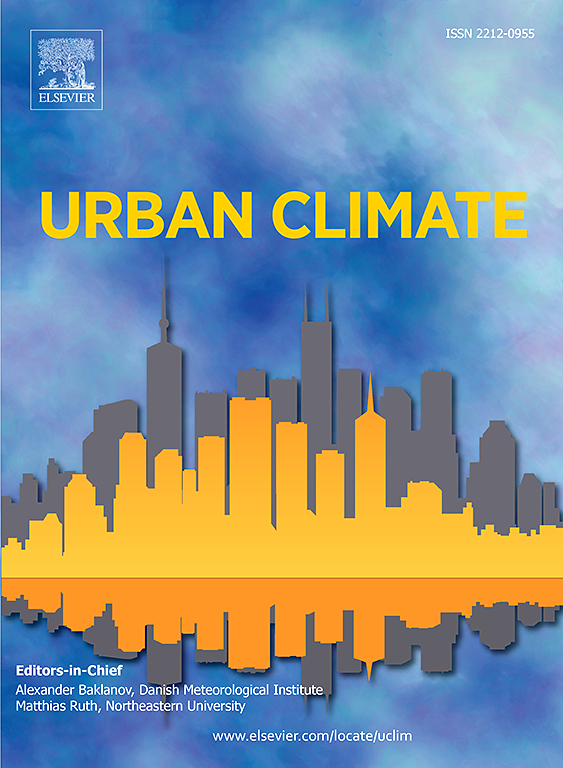An air pollution early-warning system with the mechanism of dynamic evaluation
IF 6
2区 工程技术
Q1 ENVIRONMENTAL SCIENCES
引用次数: 0
Abstract
Due to the increasing energy consumption, the issue of air pollution would continue to attach attention. Although technological progress has improved the relative efficiency of energy, the task of air pollution monitoring cannot be ignored. The existing air pollution early-warning methods based on univariate time series forecasting suffer from multiple limitations. To take measures to monitor air quality status effectively, an air pollution early-warning framework is built based on statistical comprehensive evaluation and multiscale forecasting. It can settle the problems, such as accuracy improvement bottlenecks and diminishing spatial comparability. Through analyzing pollutant characteristics, the original time series is transformed into fuzzy sets, through which practical air quality levels and pollution condition ranking would be obtained. Only when the air quality classes meet the varying patterns of multivariable time series does the improvement of the forecasting accuracy make sense for air pollution dynamic monitoring. So, a multiscale forecasting method-oriented data characteristic identification is introduced to enhance the performance of the forecast engine. By recognizing the different component features, the optimal forecast allocation strategy is selected, and the data prediction errors would not increase. The results of comparative experiment indicate that the proposed model can realize dynamic evaluation of air quality and reliable air pollution early-warning performance.

具有动态评价机制的大气污染预警系统
由于能源消耗的增加,空气污染问题将继续受到关注。虽然技术进步提高了能源的相对效率,但空气污染监测的任务不容忽视。现有的基于单变量时间序列预测的大气污染预警方法存在诸多局限性。为采取有效措施监测大气质量状况,构建了基于统计综合评价和多尺度预报的大气污染预警框架。它可以解决精度提高瓶颈和空间可比性降低等问题。通过分析污染物特征,将原始时间序列转化为模糊集,得到实际的空气质量等级和污染状况等级。只有当空气质量类别满足多变量时间序列的变化模式时,提高预测精度对空气污染动态监测才有意义。为此,提出了一种面向数据特征识别的多尺度预测方法,以提高预测引擎的性能。通过对不同分量特征的识别,选择最优的预测分配策略,不增加数据预测误差。对比实验结果表明,该模型能够实现空气质量的动态评价和可靠的空气污染预警性能。
本文章由计算机程序翻译,如有差异,请以英文原文为准。
求助全文
约1分钟内获得全文
求助全文
来源期刊

Urban Climate
Social Sciences-Urban Studies
CiteScore
9.70
自引率
9.40%
发文量
286
期刊介绍:
Urban Climate serves the scientific and decision making communities with the publication of research on theory, science and applications relevant to understanding urban climatic conditions and change in relation to their geography and to demographic, socioeconomic, institutional, technological and environmental dynamics and global change. Targeted towards both disciplinary and interdisciplinary audiences, this journal publishes original research papers, comprehensive review articles, book reviews, and short communications on topics including, but not limited to, the following:
Urban meteorology and climate[...]
Urban environmental pollution[...]
Adaptation to global change[...]
Urban economic and social issues[...]
Research Approaches[...]
 求助内容:
求助内容: 应助结果提醒方式:
应助结果提醒方式:


